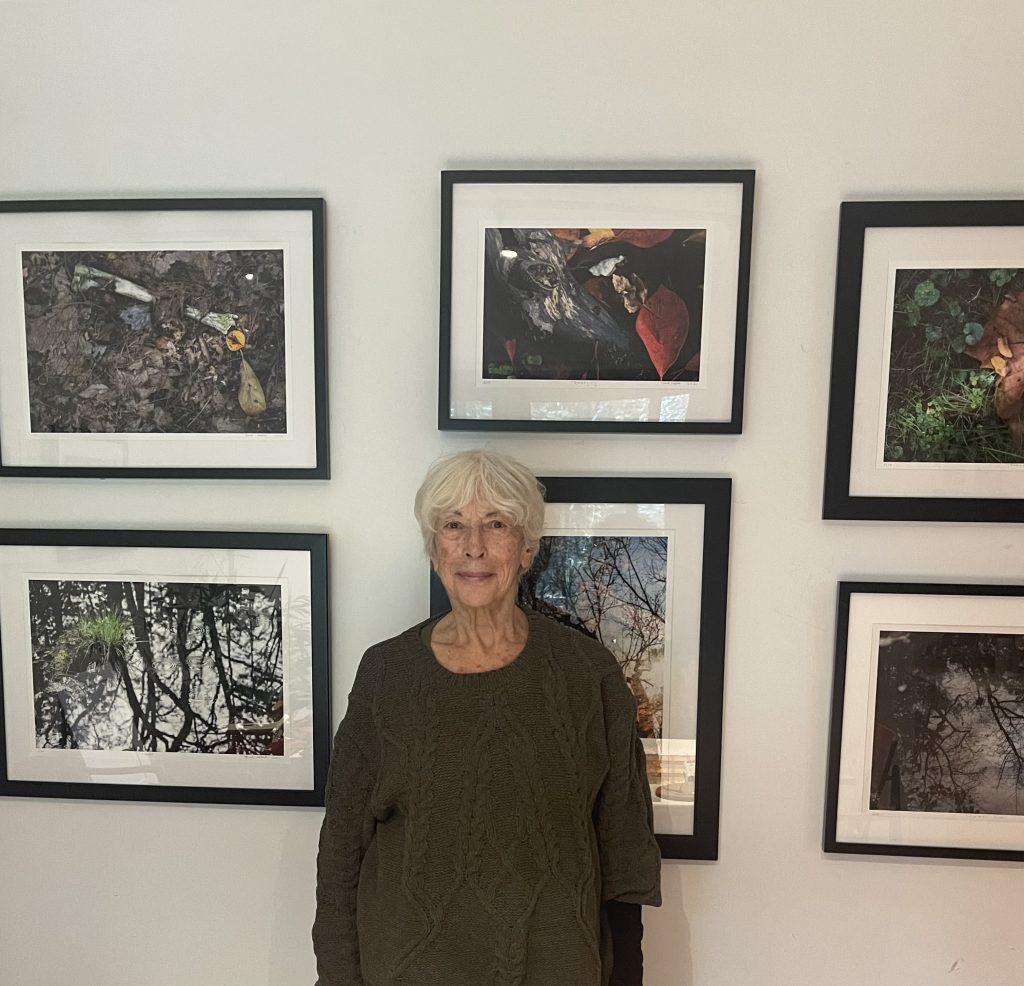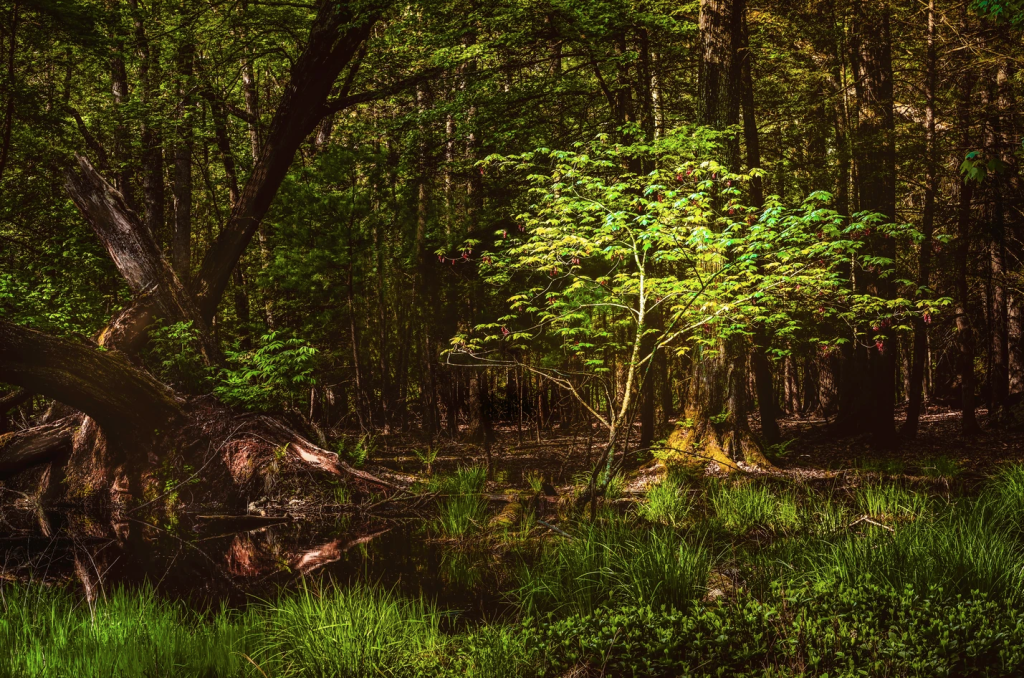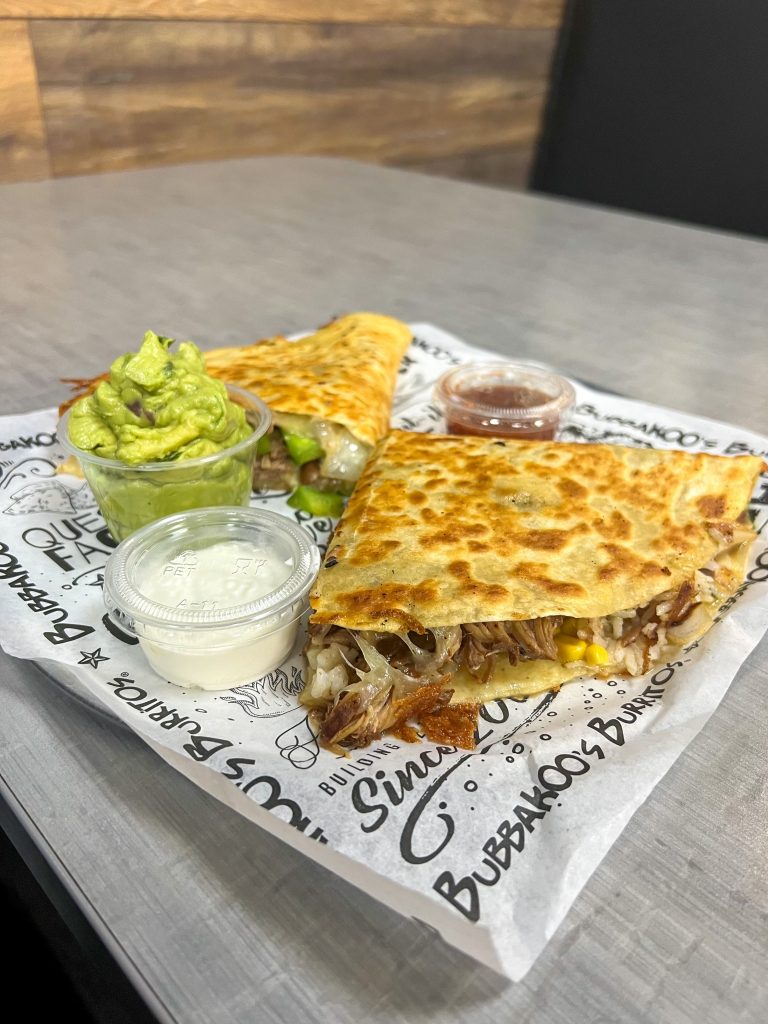“The more I did it, I became aware that I was photographing impermanence.”

Gail Albert began her journey as a student of neurobiology studying the brain. After earning her PhD, she came to accept that this wasn’t making her happy. She made the tough decision to step away from her degree and didn’t know what to do next in life. Her therapist suggested Albert buy a camera and explore the outdoors, which gave her just the push she needed. As a New Yorker, Albert’s best bet were local parks , where her journey into photography truly started.
When did you begin your art journey? Did it start with photography?
No, if you count writing as art. I have a lot of talent for writing. I’ve written two books, one of which was a National Book Finalist. I don’t have a natural talent for photography.
I’ve been photographing at least as long as I was writing, since the late 60s. I have many decades of among the worst photographs you will have ever seen. I absolutely could not figure out what I saw with my mind. Why couldn’t I somehow communicate that in a photograph? In my late 20s, I became fascinated with the outdoors because I grew up in the city. I never understood why the world is so beautiful. I did daily walks with a dear friend. After a while, she got tired of hearing me say, “Look at this. Why is it so beautiful?”
My late husband and I would go somewhere. He was talented. We’d be standing two feet apart from each other. His photograph would be beautiful. Mine would be garbage. I couldn’t see why. I just had garbage and then I finally started to be able to figure out how to do it.
The photography on your website consists of nature that you have attached a meaning to. Do you find meaning first or does that come after you’ve taken the photos?
It started out really like I was just photographing impermanence. The more I did it, I became aware that I was photographing holiness. The ‘capturing the moment of this’ is a moment of existence, and that’s what I’m capturing now. Where I’ve gotten interested lately is trying to really get in the photograph, a sort of sense of the dynamic change happening. Rather than focusing on what’s here now and soon won’t be, it’s possible to have really all you’re thinking about is what’s here in front of me right now.
Everything has its own time frame in which it appears and disappears. Everything, as long as it’s here, has a material form. Often, we call it a body. I have a whole series that are bodies of rocks that live on a longer timeframe than we do. Nothing lasts, and while it’s here, everything is to be cherished.
I don’t go seeking a particular thing. There are days I’ll come out and I’m not on. There was absolutely no point taking photographs. I will be wasting time. Now, it may be that taking photographs, just taking them no matter what is worth doing. So, I’ll usually stay out and photograph. But I’m taking nothing worthwhile. I’m not seeing that day.

With your work being a part of the “Diversity” exhibition, what are you hoping your work says to its viewers? What kind of message are you trying to convey?
It’s all holy and to be cherished. One of my pieces was about dynamism and the sense of movement happening. A number of people had told me they thought [the photo] was all artificially done. I do post processing like every other photographer, including Ansel Adams.
Basically, what you’re seeing is what I saw. I’m not creating something that wasn’t there. I was watching it as the light moved. I was watching the ice disappearing in front of me. It was such a sense of seeing the process of dissolution back to not there anymore.
It can be difficult to make it in the art field. Do you have any advice to offer to aspiring photographers?
I think you do it because you love it. Then at some point, you start showing if you can, because you want to share what you see. And then you hope people notice, but basically keep photographing just like any other creative work. You do it because you have to.
What would you like to tell the world about what art has done for you?
It’s heightened my awareness of your fragility of the world and the need to protect the Earth. If my photographs can in any way convey that to other people, that is a goal I have, although I don’t state it.
